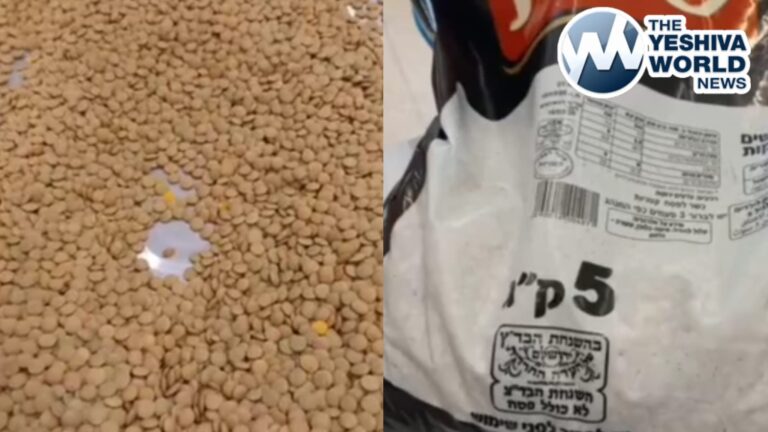Photo source: https://unsplash.com/photos/KD_JkwZEQ5k
Are you looking to boost your profits by taking advantage of blockchain technology and validating transactions? You can make money without needing power-hungry and expensive computers and GPUs. If checking the Ethereum price and investing in it while waiting to make a profit in the next bull run isn’t your cup of tea, you can approach another practice: node validation.
Given the potential of the blockchain to help you boost revenues, the first thing that naturally pops into crypto-savvy minds is which blockchain to engage with. In this regard, this article will cast light on the ledgers worthy of your attention if you want to make passive income from the comfort of your home, as well as other two profitable alternatives.
Ethereum
Unsurprisingly, this list includes Ethereum, the blockchain co-founded by Vitalik Buterin, who took advantage of Bitcoin’s underlying technology to create a revolutionary sphere. You can build smart contracts, dApps, and other financial tools on top of it, which is off the table for Bitcoin. Before the blockchain’s upgrade, the only way to increase earnings was through mining blocks, which necessitated high computational power and costly devices. And before the Shanghai update, locking up your Ethereum on the main chain restricted your access to your funds, disabling you from withdrawing them whenever you wished. At the moment of writing, half a billion validators are registered on the platform. 32ETH is needed to join the club, but if this is too expensive, liquid staking providers offer other solutions you can use, like pooled staking.
Ethereum, the second-largest cryptocurrency and blockchain that allows the execution of revolutionary smart contracts and other decentralized applications, has undergone significant improvements worth noting. The enhancements started with the Merge in September 2022, which transitioned Ethereum from a Proof-of-Work system to a Proof-of-Stake mechanism, bringing about afferent advantages and changes. It cut the energy consumption on the blockchain by 99.95% – an impressive number considering that the chain would consume electricity equivalent to that of a small country. Besides bringing relief among the environmentalists and contributing to sustainable efforts, it also marked the beginning of an important journey, bringing about other highly-awaited events, like Shanghai (Shapella).
Cardano
Regarding the number of validators running nodes, Cardano is the most decentralized project after Ethereum—effectuating processes on this blockchain reward participants proportionally to their stake weight up to a certain threshold. If the pool is overly saturated, users can assign tasks to smaller validators to improve the blockchain’s efficiency, thus increasing decentralization.
Cardano, just like Solana, doesn’t necessitate a specific amount to allow you to become a validator. However, the more you invest, the higher your pool’s reward rate.
Another distinction between this and other blockchains is that Cardano instantly deducts a specific fixed pool cost. Cardano is low-maintenance and doesn’t have many hardware requirements, making it an easy-to-operate blockchain for those seeking to put their computers to better use.
Polkadot
Polkadot stands out in three aspects. First, it offers a high reward rate, and another thing is that it provides a relatively decently-priced minimum stake to become a validator. And third, you can choose up to 16 validators to stake to, which contributes to the efforts to decentralize systems.
This blockchain also requires a minimum amount of DOT to run a validator, which you or other nominators can provide. If you’re a beginner, using a Linux cloud server is the easiest way to begin your journey. Remember to set some DOT aside as you’ll need it to pay the afferent transaction fees.
Bad behavior and mistakes have repercussions that can take a toll on your budget and reputation, so ensure you’re approaching this risky venture the right way. Because you may encounter anomalies and technical issues with nodes, having enough experience managing the system before starting your project is recommended.
Solana
One characteristic differentiating Solana from its competitors is that you have no set amount of SOL needed to become a validator. You only need sufficient funds to vote on blocks, which may cost around 1.1 SOL/day. Regarding fees, the documentary service behind the blockchain warns that it may not be cost-effective to run nodes in the cloud in the long run. However, the appealing feature of this option is that it has minimum hardware requirements regarding the disk, RAM, GPU, and CPU.
Other lucrative ways to generate passive income in the crypto world
Running a validator is not child’s play. As you may already know, it requires profound knowledge and sufficient experience to decipher the system, tackle the arising issues, and secure your funds. If this isn’t your cup of tea, you have several other means to put your tokens to good use and boost your income, such as the following:
-
Liquidity mining. Several decentralized exchanges enable you to generate income from liquidity mining. One of the main advantages of this activity is that you’ll gain returns on your investments. You’re offered a part of the trading fees on the platform, which in some cases may prove more substantial than those generated by other investment ventures. This is an opportunity to join the crypto world without actively trading tokens. However, you must assess the risks involved. Impermanent loss is a common issue in liquidity mining and can occur due to price fluctuations in the tokens in the liquidity pool, resulting in slashed profits. This risk is a consequence of highly volatile markets, so consider whether you’re comfortable losing your funds before you start liquidity mining.
-
Yield farming. Yield farming is a popular method to gain passive income without trading actively. Basically, you’ll earn interest by storing your tokens in yield-generating pools on DeFi applications. Given the wide range of pools and DeFi protocols you can choose from, you’ll need to do some research to select the one that fits you. This practice may require you to actively manage your deposits and select the type of protocols you want to farm.
Generating income by validating a node can be a profitable venture, but make sure you know the risks involved and only approach those practices if you’re confident enough in your technical knowledge and skills.











